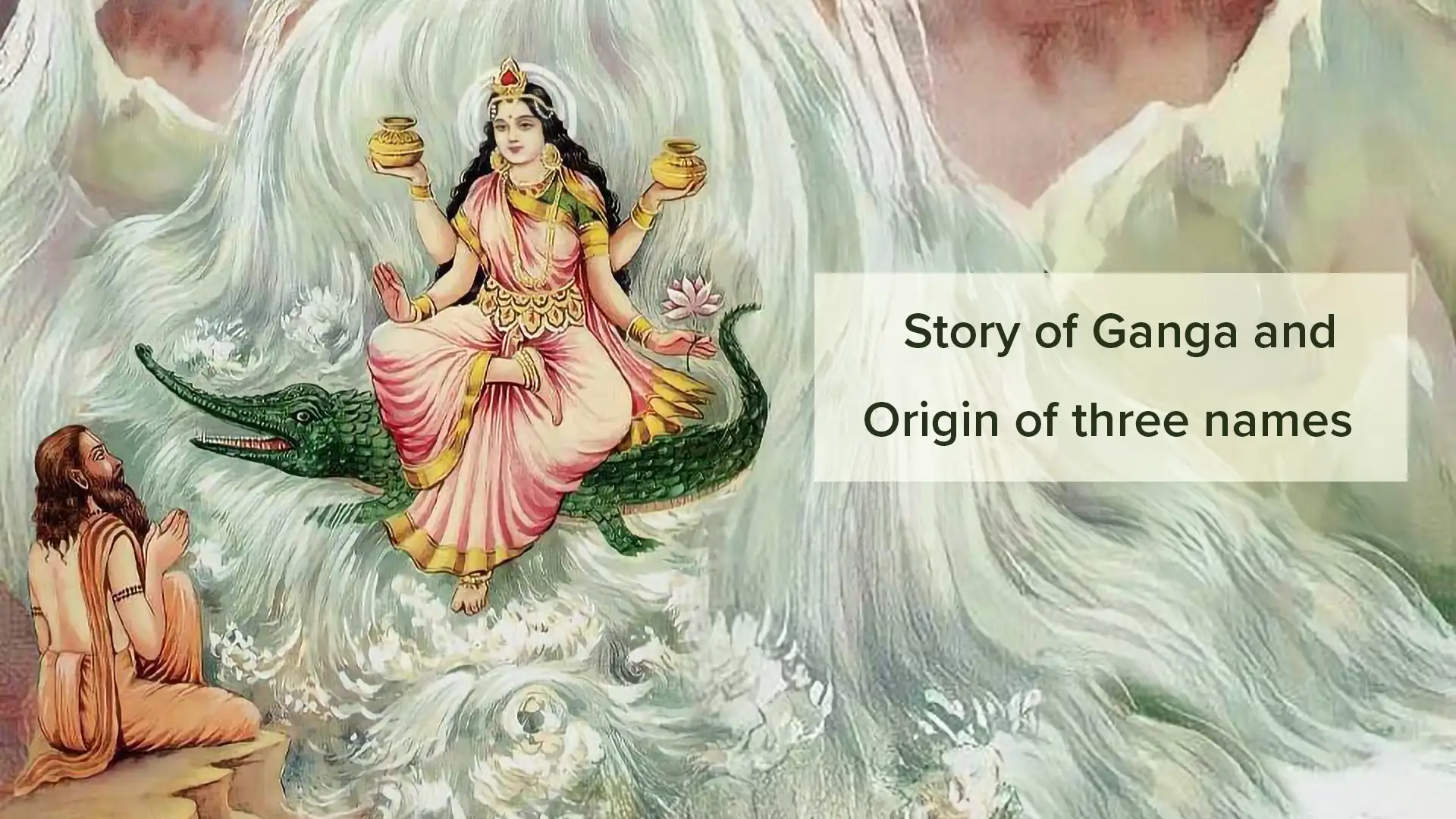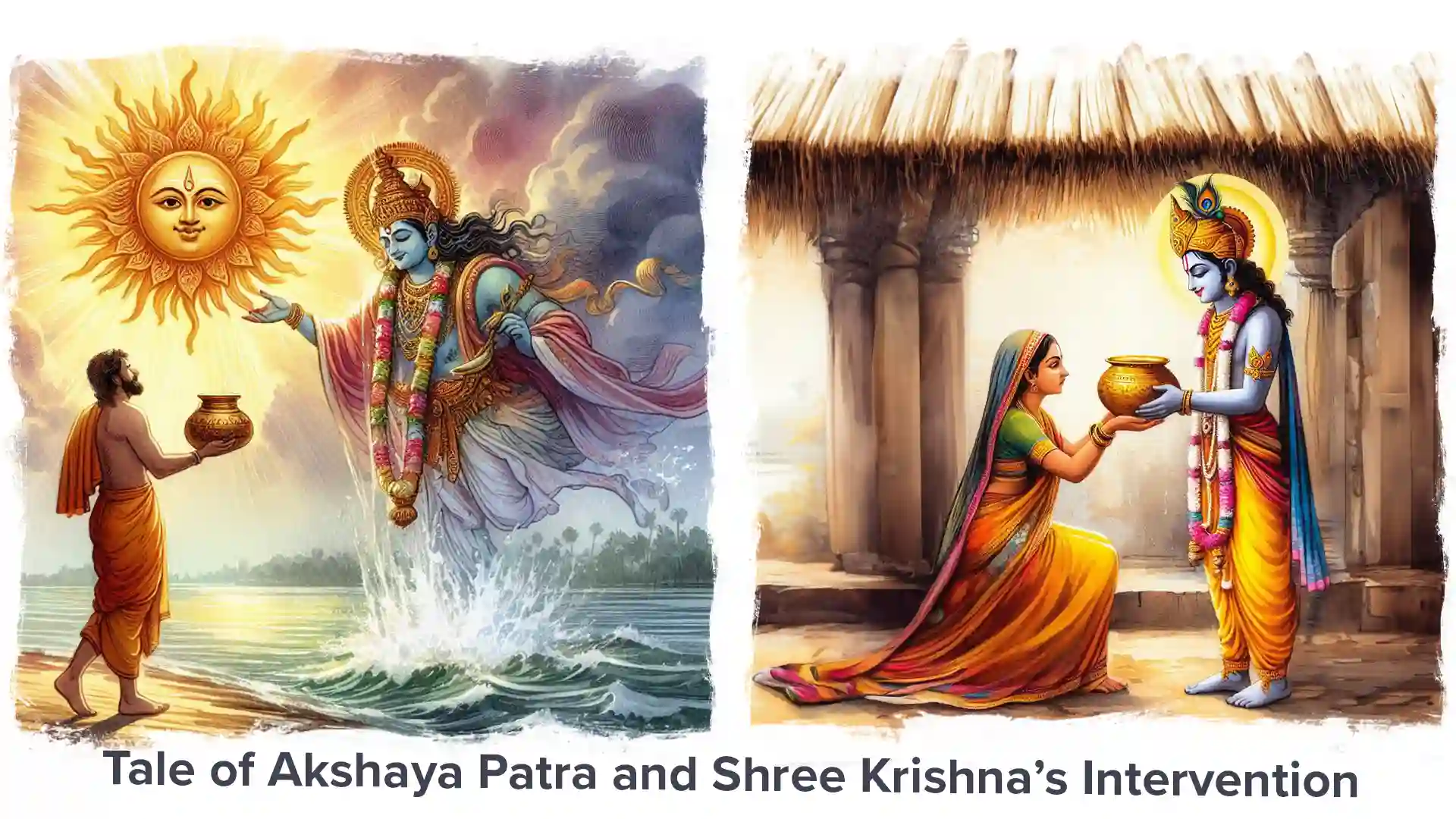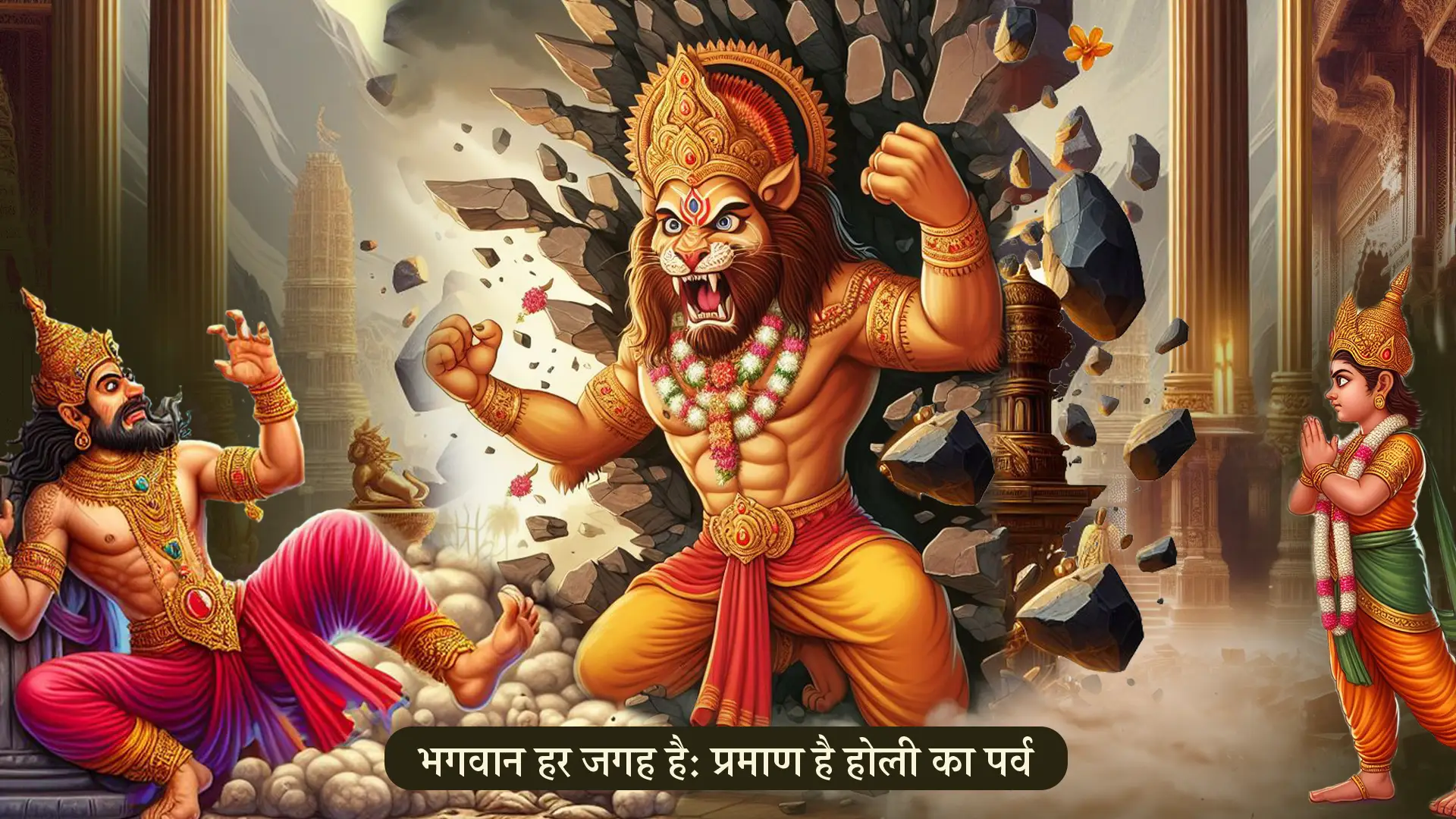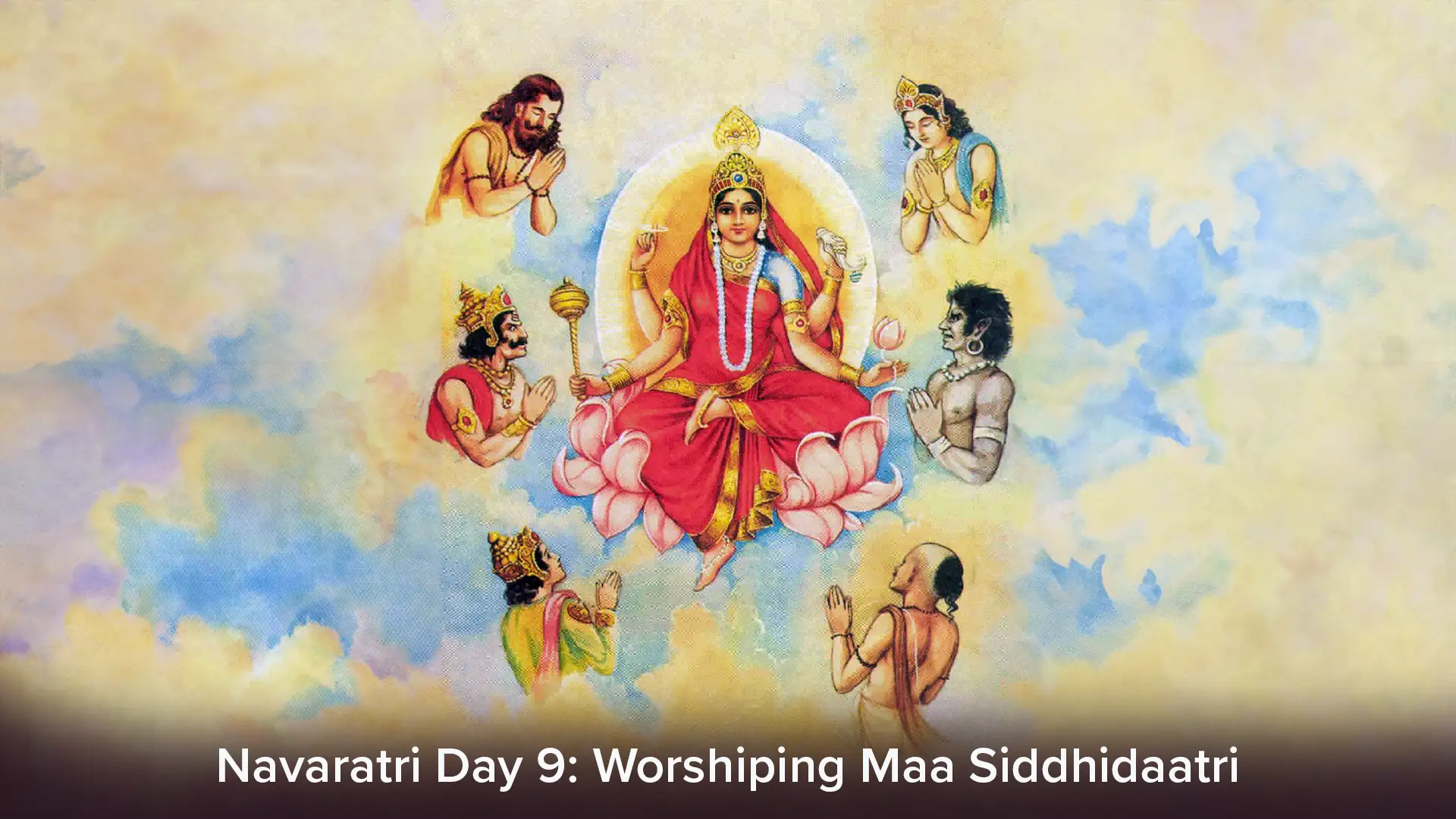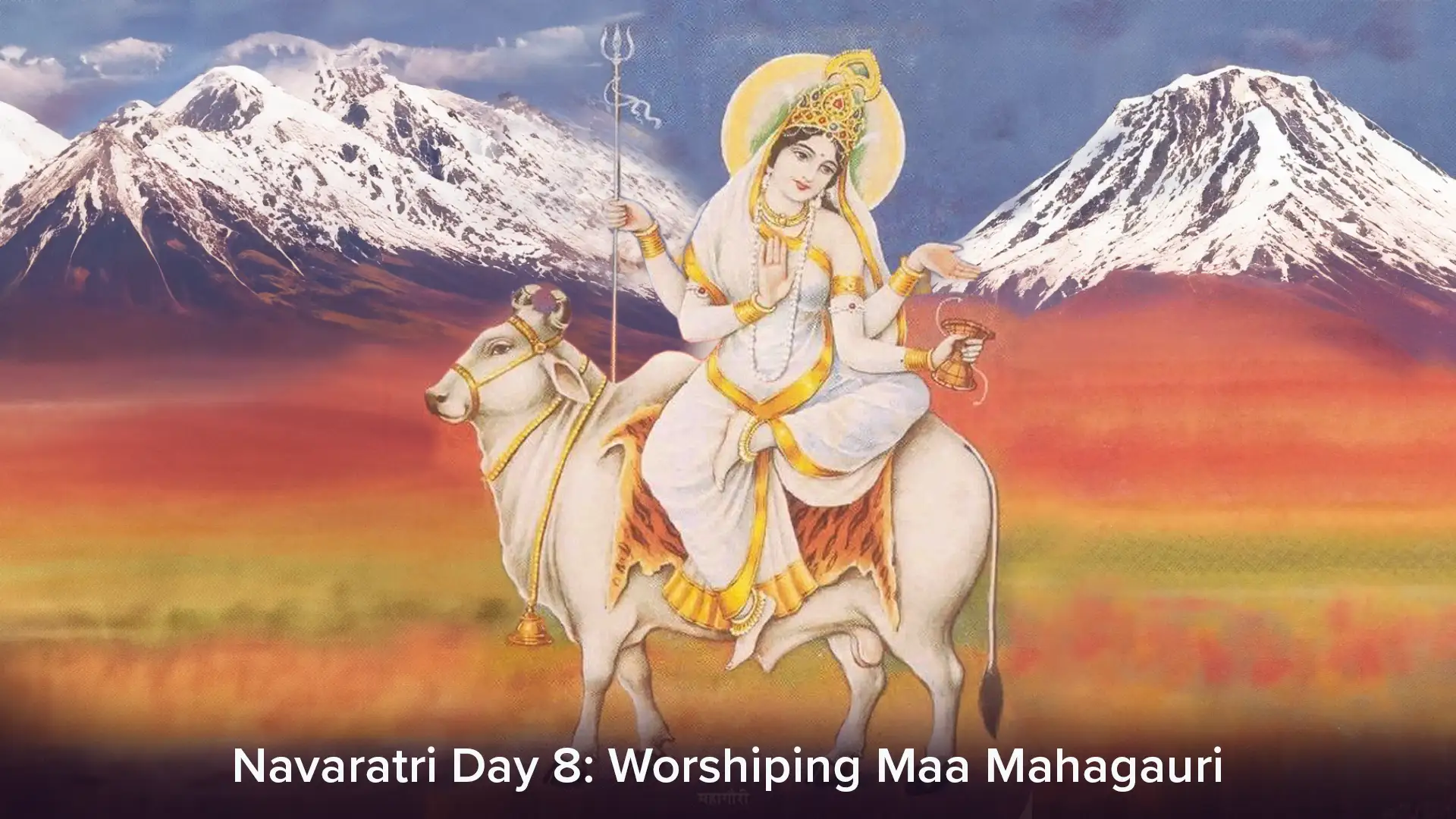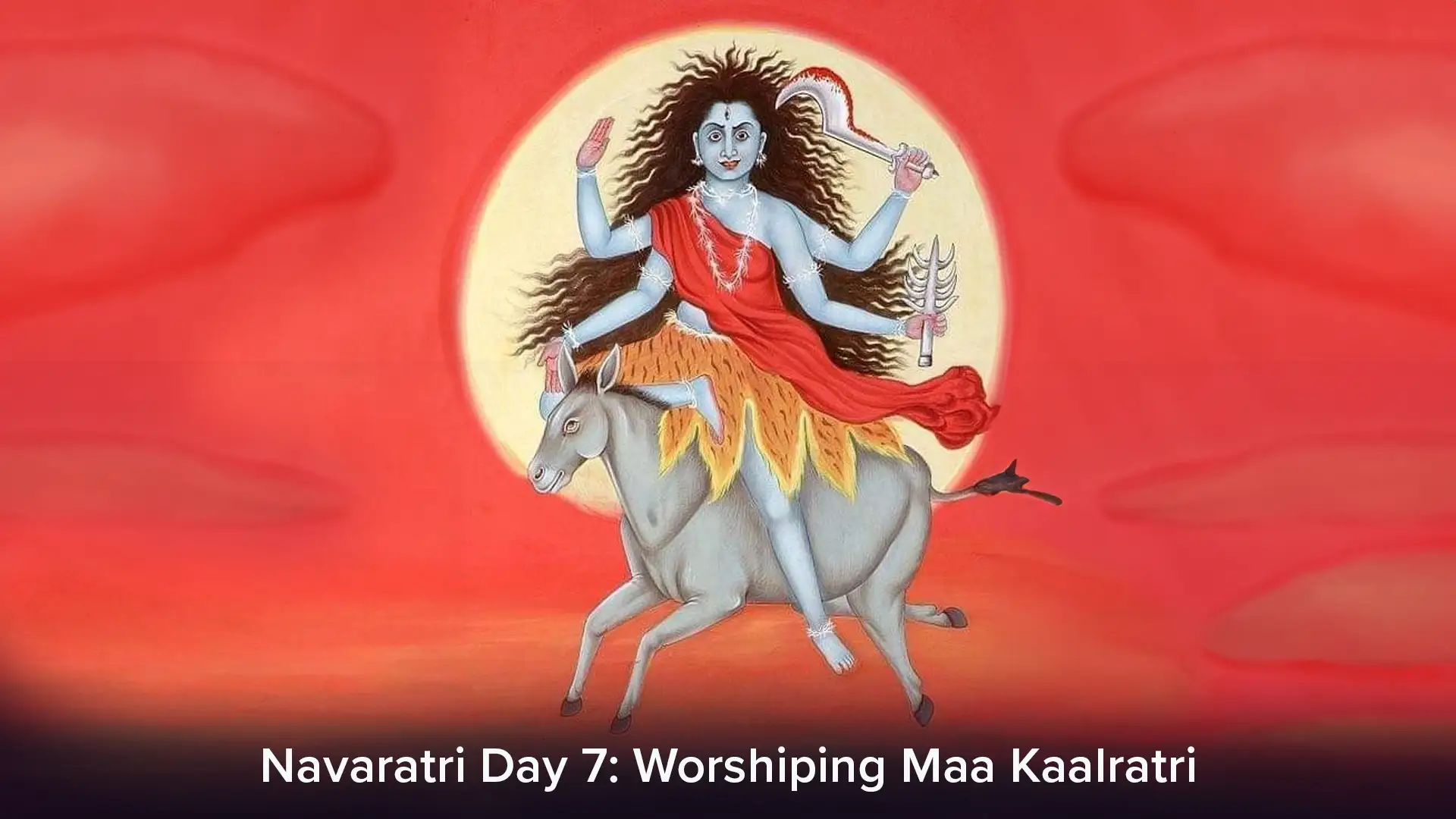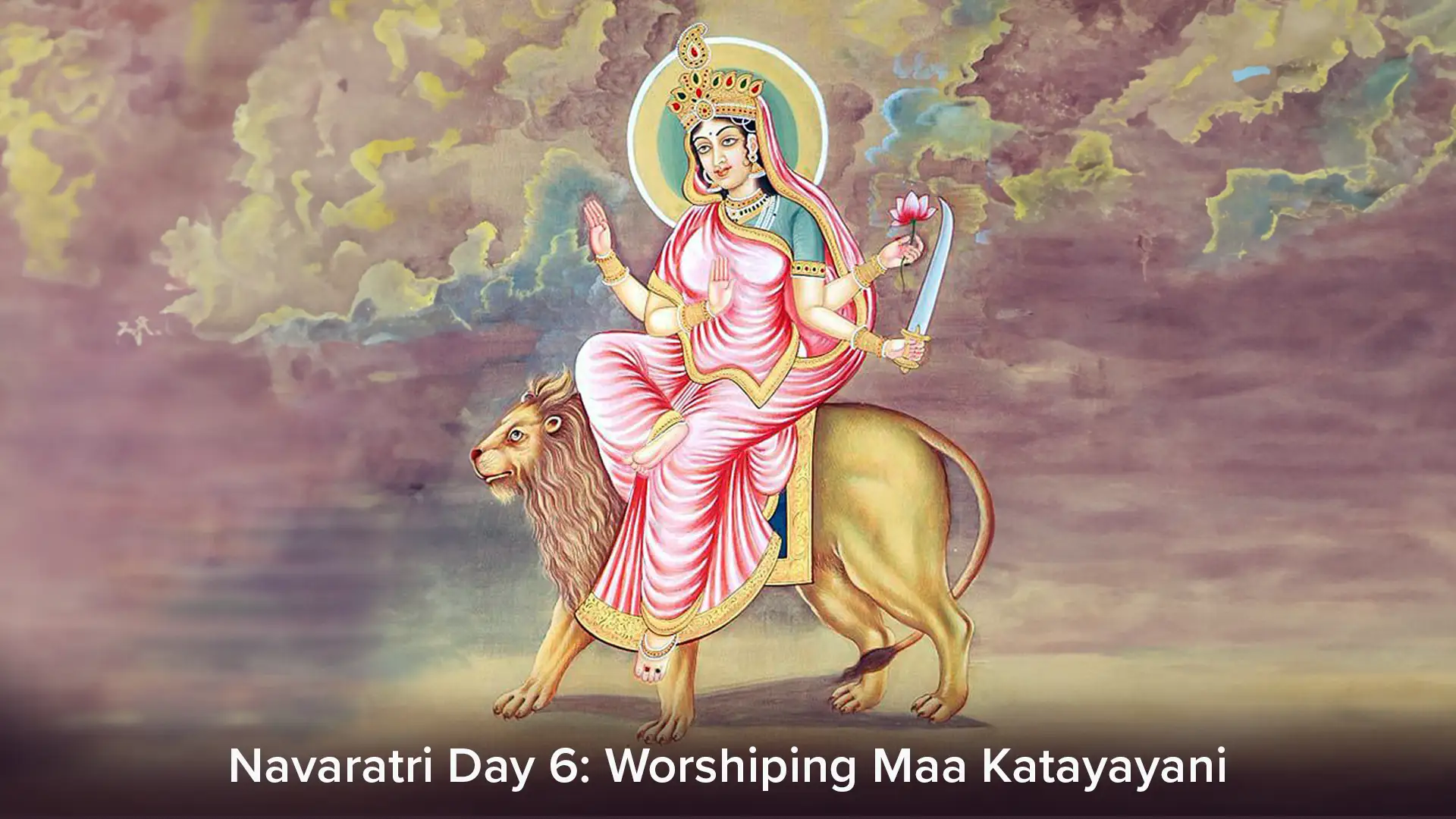Today, in this article, we will discuss the origin of three names of the river Ganga.
Among numerous names, we are picking Vishnupadé, Bhāgīrathī, and Jāhnvī. Now, let us examine the origin of these names and how the river Ganga came to bear them.
Why is Ganga called Vishnupadé?
Aspiring to be the master of Triloka, a daitya king named Bali once started a yagya. To stop him from completing the yagya, lord Vishnu descends as Vāman, the son of sage Kashyap. Despite being a daitya (demon), King Bali is known as a generous ruler who never saw someone leave his royal gate empty-handed. Knowing this, Lord Vāman goes to his yagya-shālā and asks for the area of land that can be measured in his three steps. Everybody, including Bali, thinks the brahmin boy is naive and doesn’t know how much land he can measure in his little steps. But lord Vaman proves all wrong by expanding his body and taking a virāt swar ū p (universal form). Then he extends his left foot to the end of the universe and pierces a hole in its covering with the nail of his big toe. Through the hole, the pure water of the Kāraṇodaka sāgar (Causal ocean) enters this universe as the river Ganga. Having washed the lotus feet of the Lord, she is known as Vishnupadé.
Why is Ganga called Bhāgīrathī?
The story goes, once a king of the Ikshavāku dynasty- King Sagar, released a horse while performing an Ashwamedh Yagya. Indra is watching this from heaven and gets insecure about the king’s yagya. He thinks if King Sagar succeeds in the yagya, he might conquer his Swargalok. So, to disturb the yagya, he steals the ritual horse. King Sagar, thus, sends his 60 thousand sons in all directions to relocate the horse. After searching everywhere, they find the horse next to a meditating sage Kapil. The horse was tied next to him by Indra. Believing that Kapil Muni stole the horse, they disturb him from his meditation. Angered by this act, Kapil Muni curses them, and the 60 thousand sons of Sagar are burnt to death. For the moksha of those 60 thousand sons of Sagar, Anshuman, who is Sagar’s grandson, performs many rituals but fails. Later, Anshuman’s son, King Dilip, also tries his whole life but can’t succeed. After the failed attempts of 3 generations, Dilip’s son Bhagirath takes up the task of providing deliverance to his ancestors. He goes to Kapil Muni and asks him if there is any way by which his ancestors can attain moksha. Kapil muni suggests that Sagar’s sons will attain moksha only if their ashes are to be immersed into the Ganga, for this Ganga would have to descend from heaven to earth. For this, Bhagirath does extreme tapasyā and pleads with Brahmā that Ganga comes down to Earth. Brahmā agrees, and he orders her to go down to Earth so that the souls of Bhagirath’s ancestors could be freed. She agrees, but she says that the force of her fall would end up destroying the Earth. Bhagirath then prays to Lord Shiva and requests him to hold her on his head. Then Ganga, with all her might, falls on Shiva’s head, and he contains the force of the Ganga in his locks and lets her out in small streams. Bhagirath successfully immerses the ashes of his ancestors in the river, and eventually, the 60 thousand sons of Sagar are freed from the cycle of birth and death. Because of Bhagirath’s efforts, Ganga descended to Earth, and hence the river is also known as Bhāgīrathī.
Why is Ganga called Jāhnvī?
When Ganga descended on Earth, she flowed gleefully and made lots of turbulence and noise. On the way, she washed away sage Jhānu’s hermitage. Sage Jhānu is annoyed by Ganga and drinks all her water. Ganga, along with Bhagirath and other gods, prays to Jāhnu to release her so that she can proceed with her mission. Pleased with their prayers, Jāhnu releases Ganga through his ears. So she is called Jāhnvī, Jāhnu’s daughter.

